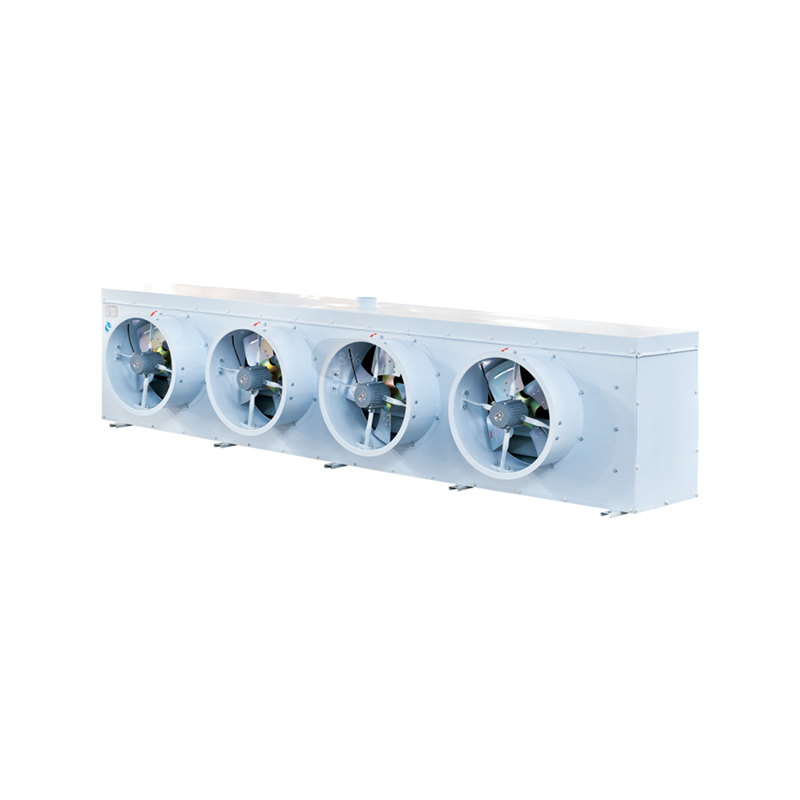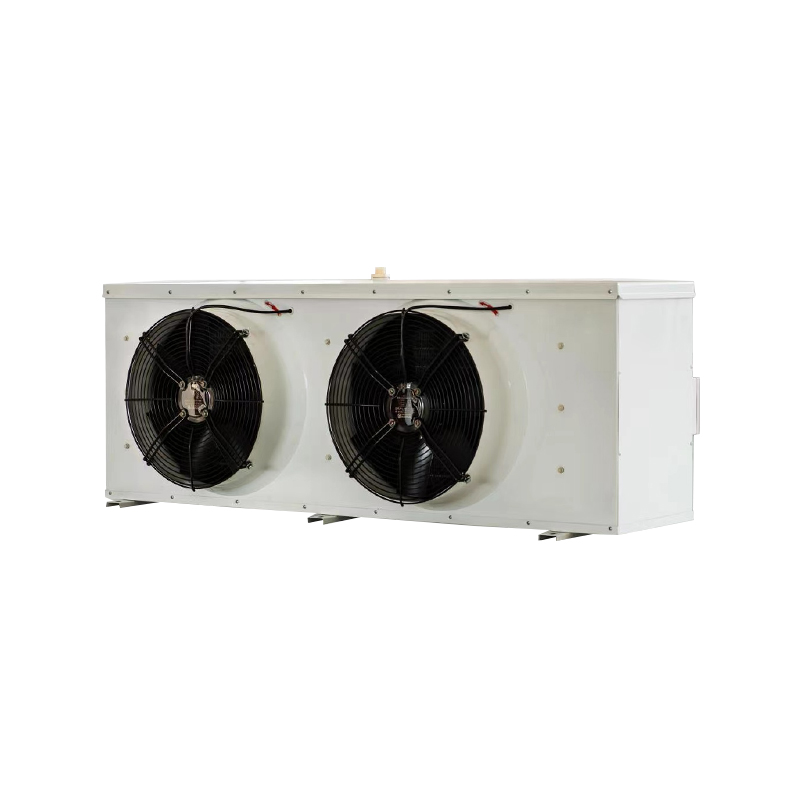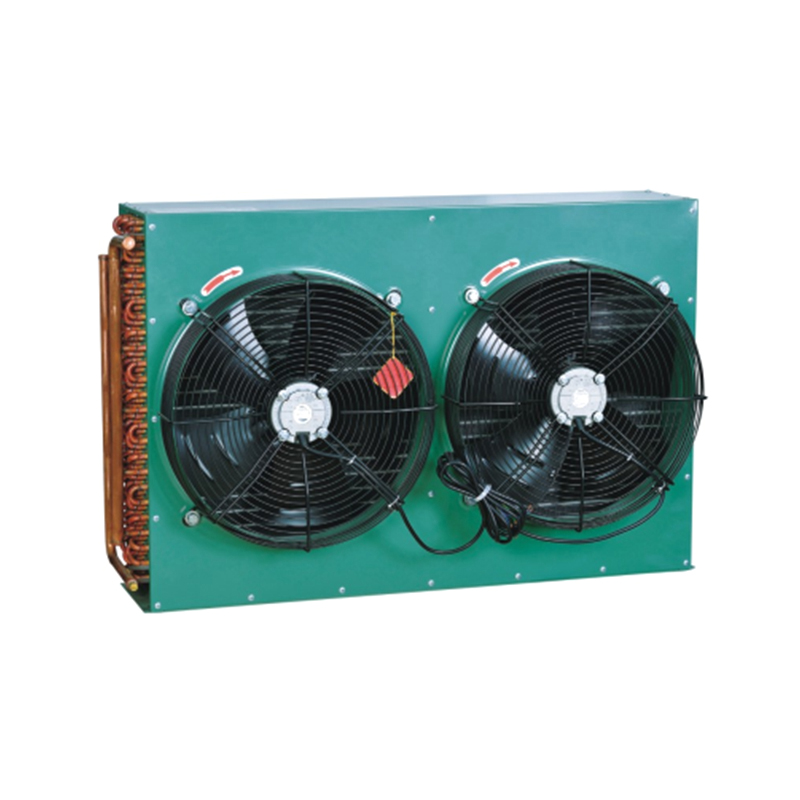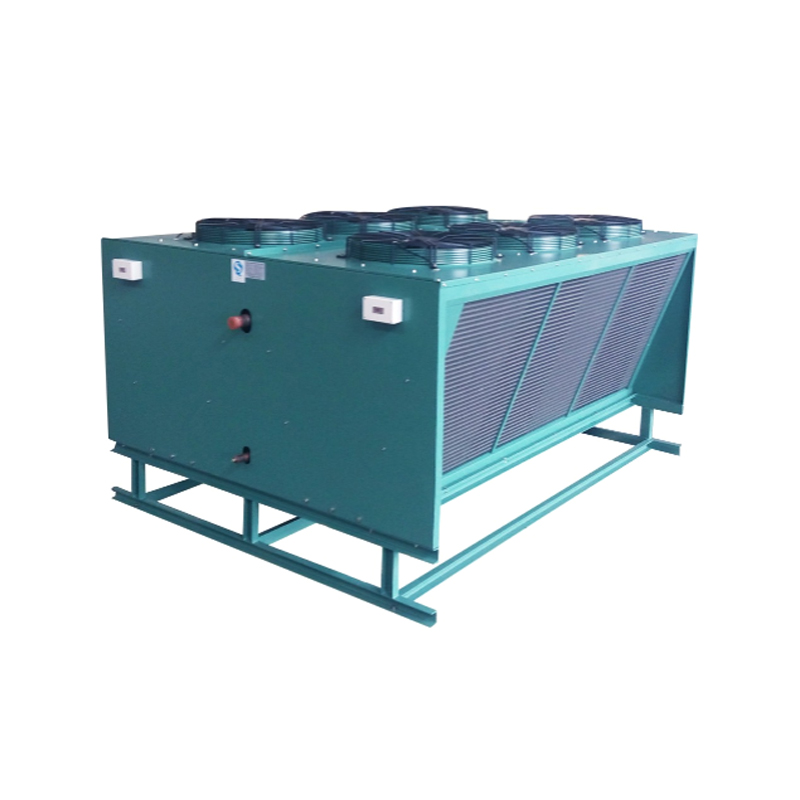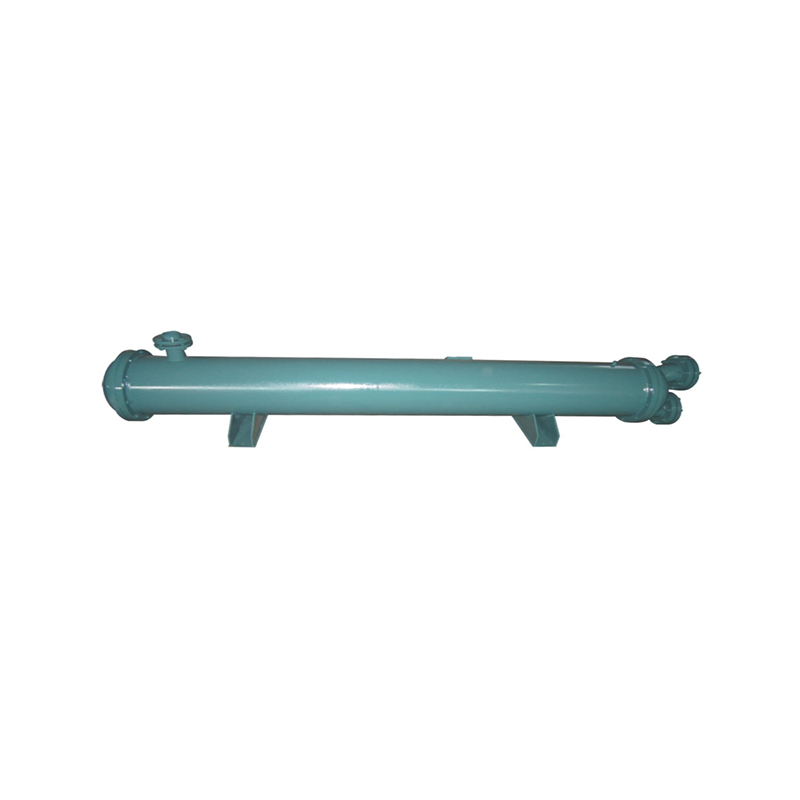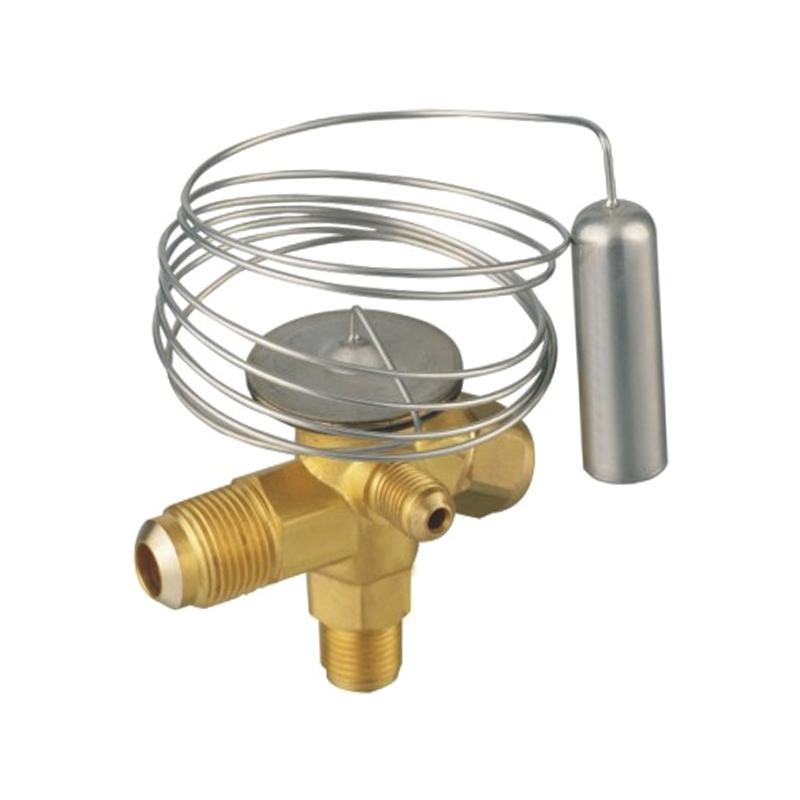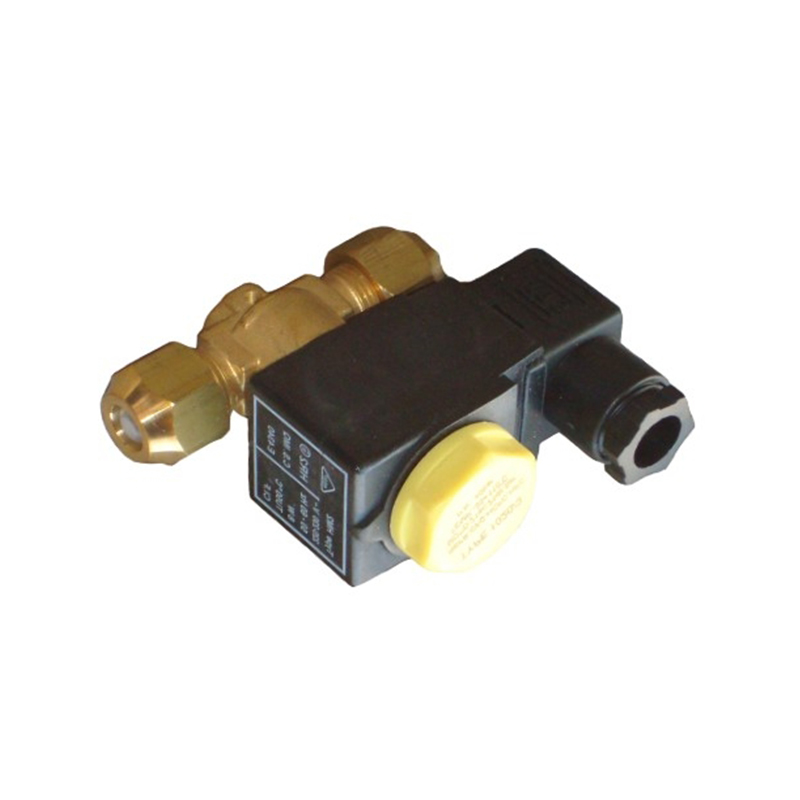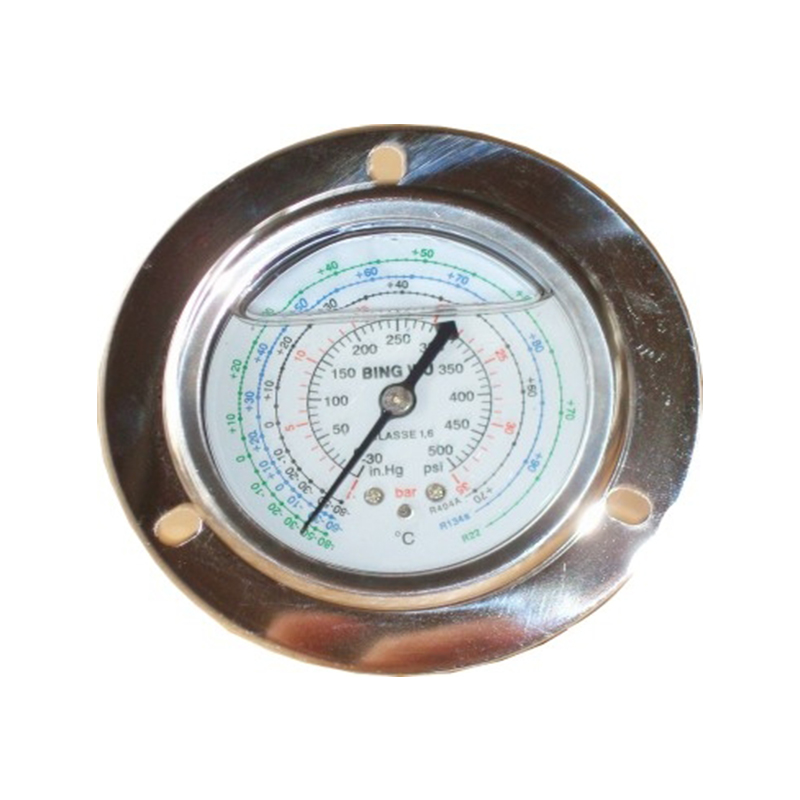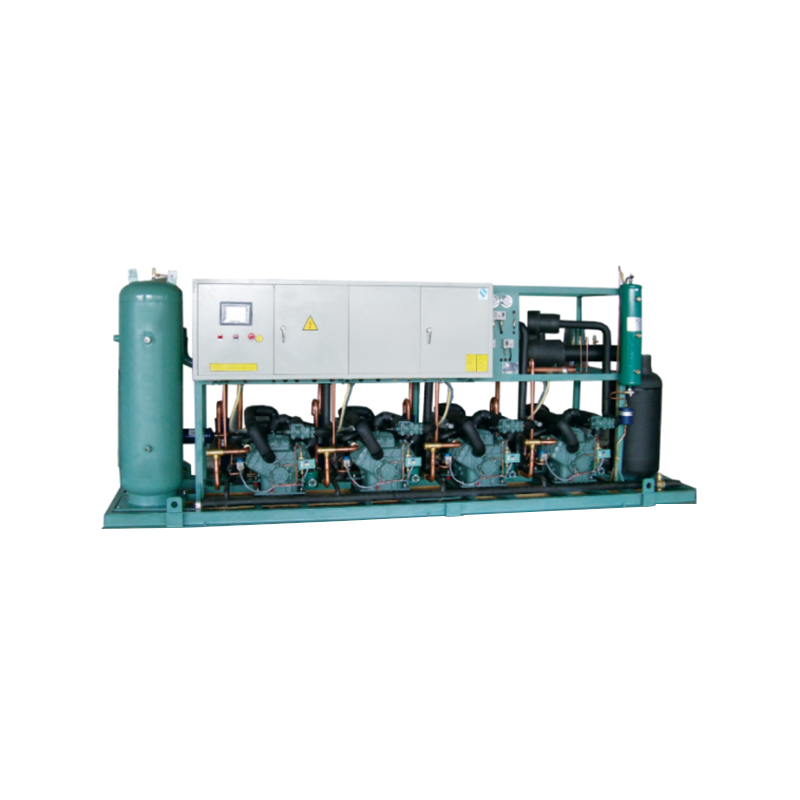When the pressure in the system is too high or too low for a long time, the pressure controller will take a series of measures to prevent equipment failure and ensure the stable operation of the system. The pressure controller monitors the system pressure in real time through the built-in sensor and compares it with the preset pressure range. Once the pressure is detected to be out of the normal range, the controller will immediately trigger the alarm function. The alarm function may be realized through sound and light alarms (such as buzzers, flashing LED indicators) or error codes on the digital display to attract the attention of the operator.
At the same time as the early warning, the pressure controller will automatically start the adjustment or protection program according to the preset control logic. For electric equipment, the controller cuts off its power supply to achieve rapid shutdown, effectively preventing the equipment from suffering irreversible damage due to continuous abnormal pressure. This immediate power-off measure not only protects the equipment itself, but also avoids chain reactions that may be caused by equipment failure, such as fire, explosion and other safety accidents.
In addition to simply cutting off the power supply, the pressure controller also has the ability to fine-tune the system pressure. By controlling the opening degree of the regulating valve, the controller can fine-tune the fluid flow in the system, thereby achieving precise control of the system pressure. This adjustment method is more flexible and can dynamically adjust system parameters according to different working conditions to keep the system in optimal operating state.
In production environments that are highly dependent on continuous operation, pressure controllers often integrate fault switching functions. When a key device fails due to abnormal pressure, the controller automatically starts the backup device and seamlessly replaces the work of the faulty device to ensure that the production process is not interrupted. This redundant design not only improves the reliability of the system, but also reduces downtime and economic losses caused by equipment failure.
In addition, modern pressure controllers also have powerful data recording and analysis functions. They can record historical data of system pressure, abnormal events, and controller response actions, etc., providing valuable data support for subsequent troubleshooting, performance optimization and preventive maintenance. Through data analysis, operators and management can have a deeper understanding of the system operation status and formulate more scientific and reasonable maintenance plans and management strategies.
Some advanced pressure controllers also have data recording functions, which can record detailed information such as the time and degree of abnormal pressure events, and transmit this information to the host computer or remote monitoring system through the communication interface. Data recording and transmission are achieved through built-in storage or communication modules.
In order to ensure the normal operation and accuracy of pressure controllers, they need to be inspected and maintained regularly. This includes checking the accuracy of the sensor, cleaning the inside of the controller, tightening the connectors, etc. Operators should be trained to understand the working principle of the pressure controller, the meaning of the alarm signal, and emergency treatment measures so that they can respond quickly when the pressure is abnormal.
The pressure controller prevents equipment failure caused by continuous high or low system pressure through alarm prompts, control signal output, recording and feedback, and preventive measures. These measures work together to ensure the stable operation of the system and the long-term service life of the equipment.
